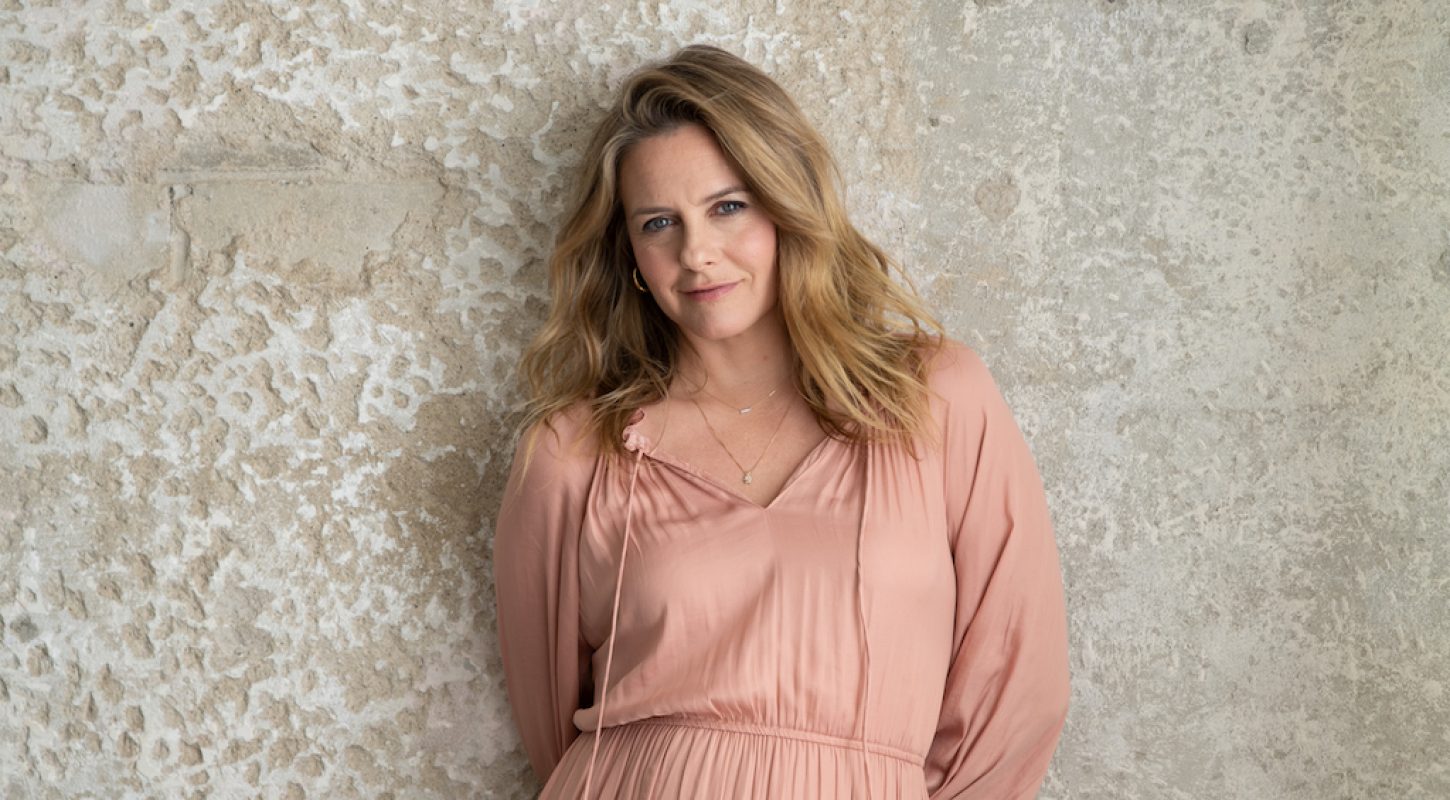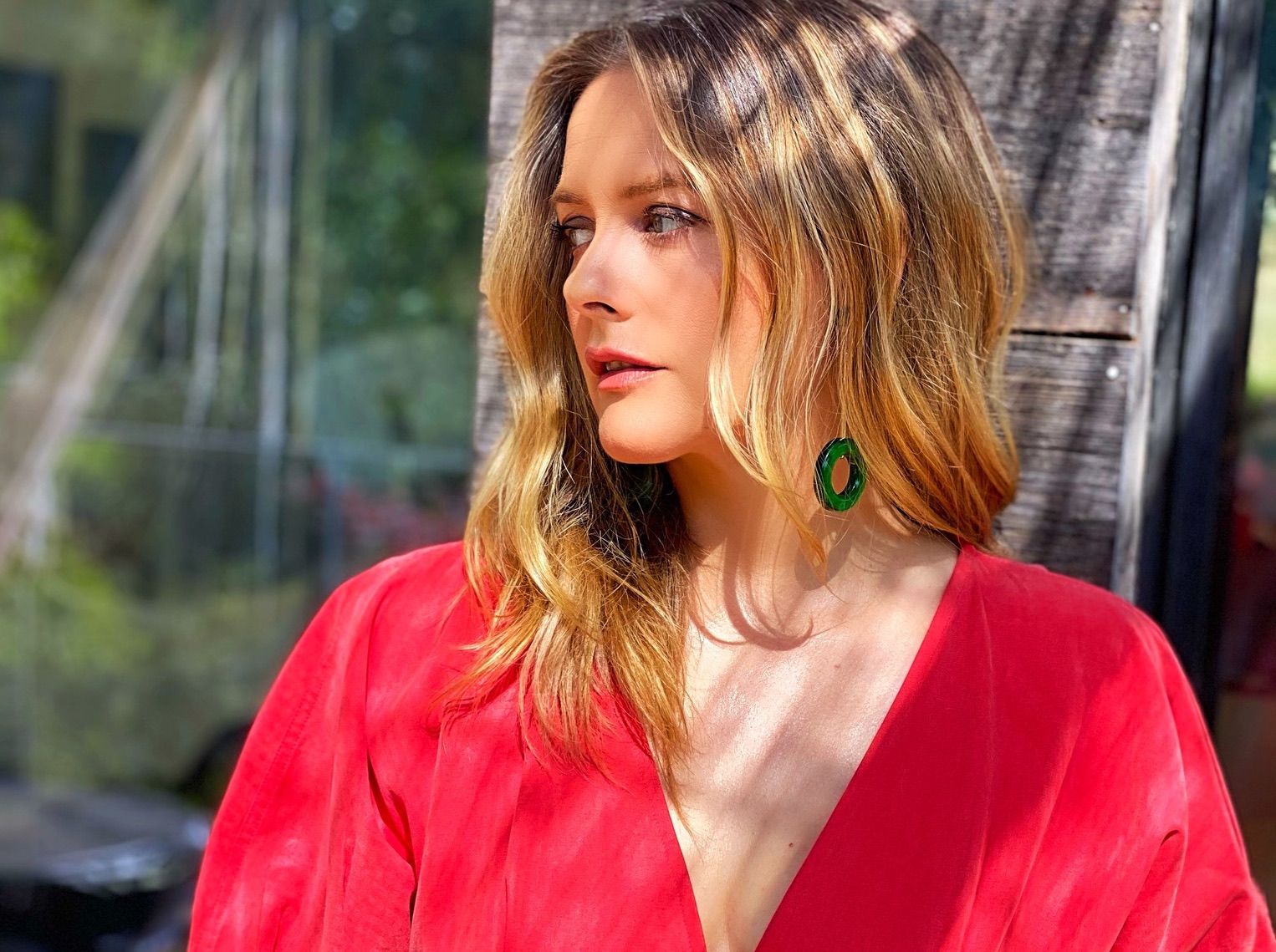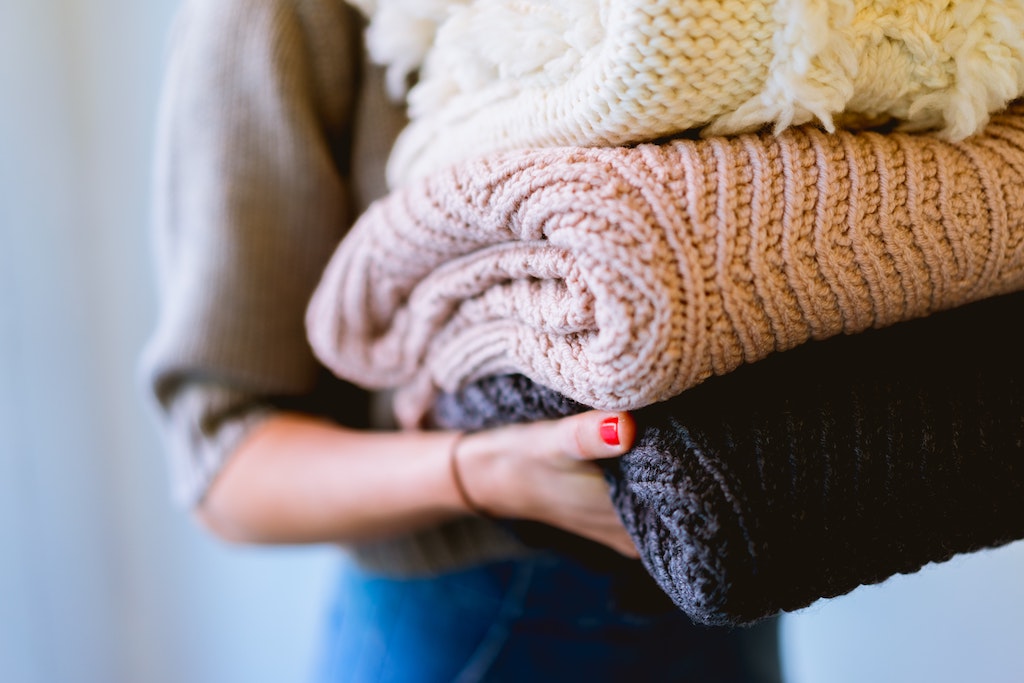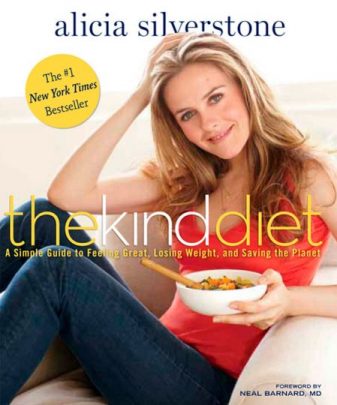Shopping secondhand has never been easier or more important. According to Earth.org, the average American throws away more than 80 pounds of clothes every year. That’s about 17 million tons of textile waste going to landfills per year where it leaches toxic chemicals that pollute water and air and planet-warming gases.
But fashion’s problems don’t stop there. New clothing is just as bad for the planet, using up resources, polluting water, and producing emissions. Overall, the fashion industry produces about ten percent of global carbon emissions and consumes a whopping 1.5 trillion liters of water annually. Crazy, right?
Benefits of shopping secondhand
By shopping secondhand, you’re actively reducing the demand for new clothing production. This means less pollution, less waste, and less water consumption. Did you know that it takes about 2,700 liters of water to make just one cotton T-shirt? Just think about how much water you’re saving by choosing to shop secondhand.
Another fantastic reason to shop secondhand is the cost. Let’s be honest, we all love a good bargain, and secondhand stores are the perfect place to find deals on clothes. You can often find high-quality, barely worn items for a fraction of the retail price. The reason you find high-quality clothes more often when shopping secondhand? Because they were designed to last, unlike the fast fashion stuff that starts to show wear after just a few washes.
By shopping secondhand, you’re not only saving the environment, but you’re also saving your wallet.
One of my favorite things about secondhand shopping is that you’re also more likely to find one-of-a-kind items. Forget about showing up to a party in the same dress as someone else (aka when Cher says to Amber in Clueless, “did you steal that from my laundry bin?”); with secondhand clothing, you can create a truly unique wardrobe that reflects your personality and style. You can also find on-trend new items for a fraction of the cost — so you don’t have to worry about being not on-trend by buying secondhand.
Shopping secondhand is also an excellent way to support your local community. By choosing to buy from thrift stores, consignment shops, or charity shops, you’re often supporting small businesses and contributing to the local economy. Plus, many charity shops donate their proceeds to various community causes, so your purchase can make a difference in more ways than one.
When secondhand isn’t an option
Of course, secondhand shopping might not always be an option. Whether it’s due to lack of availability, sizing issues, or personal preferences, sometimes we just need to buy new clothes. In those cases, I think it’s so important to focus on purchasing sustainable items made from eco-friendly materials, with ethical labor practices and a reduced environmental impact. By choosing to buy sustainable new items, you’re supporting brands that prioritize the health of our planet and the well-being of their workers.
One way to identify sustainable brands is by looking for certifications such as Fair Trade, Global Organic Textile Standard (GOTS), or Bluesign. These certifications ensure that the brand’s products meet strict environmental, social, and ethical standards.
Additionally, you can look for brands that use eco-friendly materials. This includes organic cotton, Tencel, hemp, and recycled fabrics. These materials consume less water and energy during production and are less harmful to the environment.
Another reason to opt for sustainable fashion is its durability. Fast fashion might seem like a great deal, but those cheap clothes often wear out quickly, leading to more waste. Sustainable brands typically focus on producing high-quality items that are designed to last, ultimately reducing your wardrobe’s environmental footprint.
Sustainable fashion brands
When you’re exploring new options, consider the company’s ethical practices. Research the brand’s labor policies and make sure they treat their workers fairly, pay fair wages, and provide safe working conditions. By supporting brands that prioritize ethics, you’re sending a message to the fashion industry that exploitation is not acceptable.
New sustainable clothes can be pricier than what you’re used to, but not always! And remember, you’re investing in quality, durability, and ethical practices. In the long run, you’ll likely save money by not having to replace cheap, fast-fashion items that wear out quickly.
And when all else fails, buy new items as needed whether or not they’re from a super sustainable brand. For me, that means making sure it’s a vegan item — avoiding wool, silk, leather, and fur. By opting for vegan clothing, you can further reduce your impact on the environment and you’re choosing the most ethical option.
There are also health benefits of wearing natural materials, too, as your skin wants to be able to breathe, which plastic-based nylon and polyester prevent.
Cotton, especially if it’s organic, is better for your skin and the planet. But buying secondhand cotton (T-shirts, denim, dresses, etc) helps keep those items out of landfills. Most cotton is heavily sprayed with pesticides — and while the residues of those are typically long gone by the time you find the item at the secondhand store,
And while I don’t ever buy new wool, if you can use some used wool that you found in a secondhand store, it’s a natural fiber and much better than sending it to a landfill. The same can go for leather; while I am not personally going to wear a cow-based leather jacket, I will wear a pair of old leather shoes that I found in a secondhand store. Why the difference? Well, for one, so many shoes are made from leather and jackets come in a range of other materials. Plus, shoes just go on your feet so you’re not so blatantly flaunting the material linked to so much animal suffering and destruction of the planet.
How to shop secondhand
So, how can you start making more sustainable choices when shopping for new clothes? Here are a few tips to help you out:
- Research thrift stores in your town. Beyond the big ones like Goodwill, are there independently owned shops you could visit? Something to keep in mind about smaller shops is they prioritize curation so the selection is excellent but they can be pricier.
- Explore secondhand platforms online such as The RealReal, Vestiaire Collective, and ThredUp. But there are lots to check out.
- Do your research: Before making a purchase, take the time to learn about a brand and its sustainability efforts. Look for certifications, read about their materials, and check out their labor practices.
- Prioritize quality over quantity: Instead of buying numerous cheap, trendy items, invest in high-quality pieces that will last for years. Focus on timeless, versatile pieces that can be easily mixed and matched with the rest of your wardrobe.
- Care for your clothes: Properly caring for your clothes can significantly extend their lifespan. Follow the care instructions on the label, wash your clothes less frequently, and avoid harsh detergents. I have some tips here and useful information about clothes washing here and here. Also, when it comes to washing, almost every item of clothing that says dry clean only can in most cases be hand-washed. I use a vodka spray mixed with water; it’s a trick I learned from costume dressers who always did this and it works so well.
- Repair, reuse, and upcycle: Instead of throwing away damaged clothes, try to repair them or repurpose them into something new. Get creative and give new life to old items.
- Support small, local businesses: Shopping from smaller, local businesses often means you’re supporting artisans and craftsmen who are more likely to use eco-friendly materials and ethical practices.
- Educate yourself and others: Share what you’ve learned about sustainable fashion with your friends and family. The more people know about the importance of ethical and eco-friendly clothing, the more demand there will be for sustainable options.




